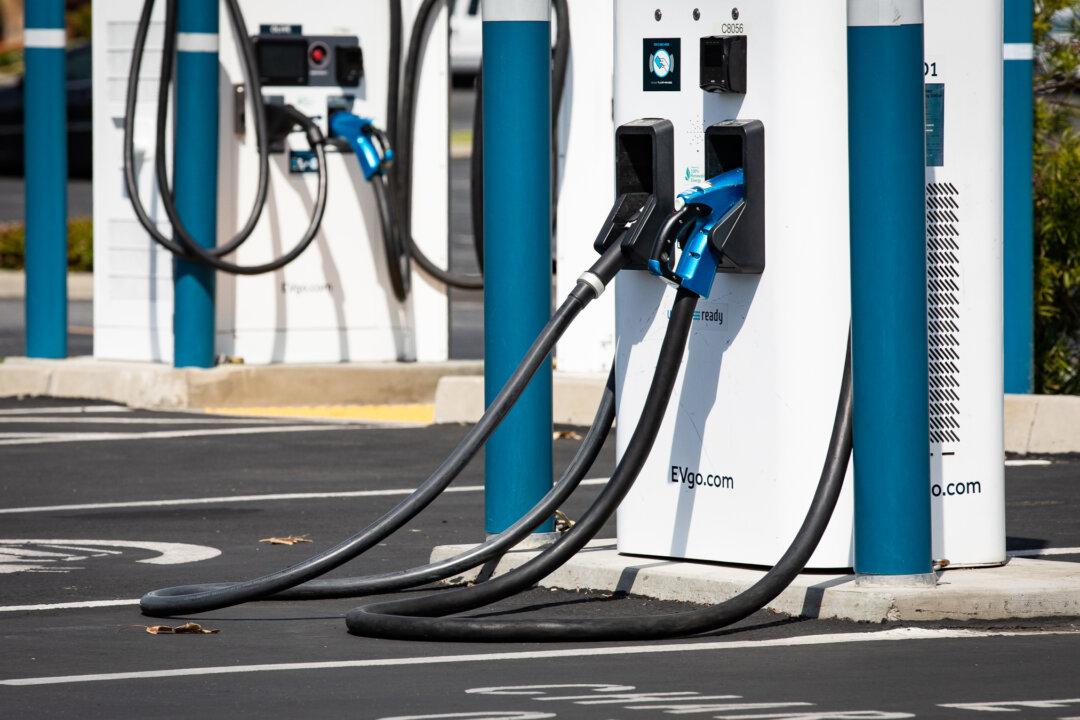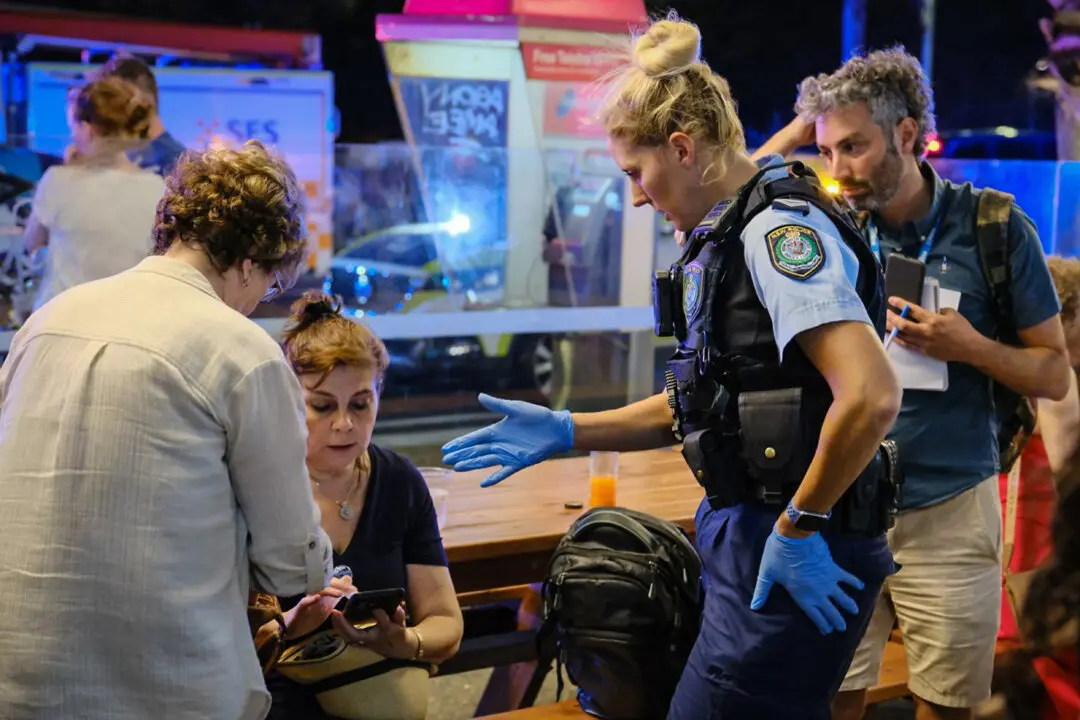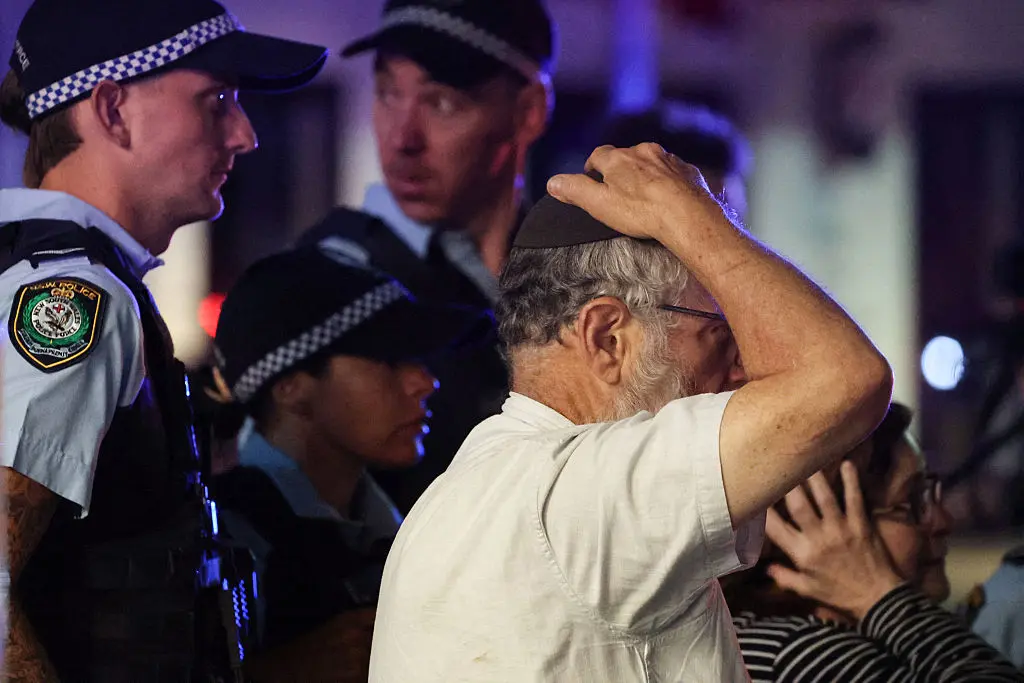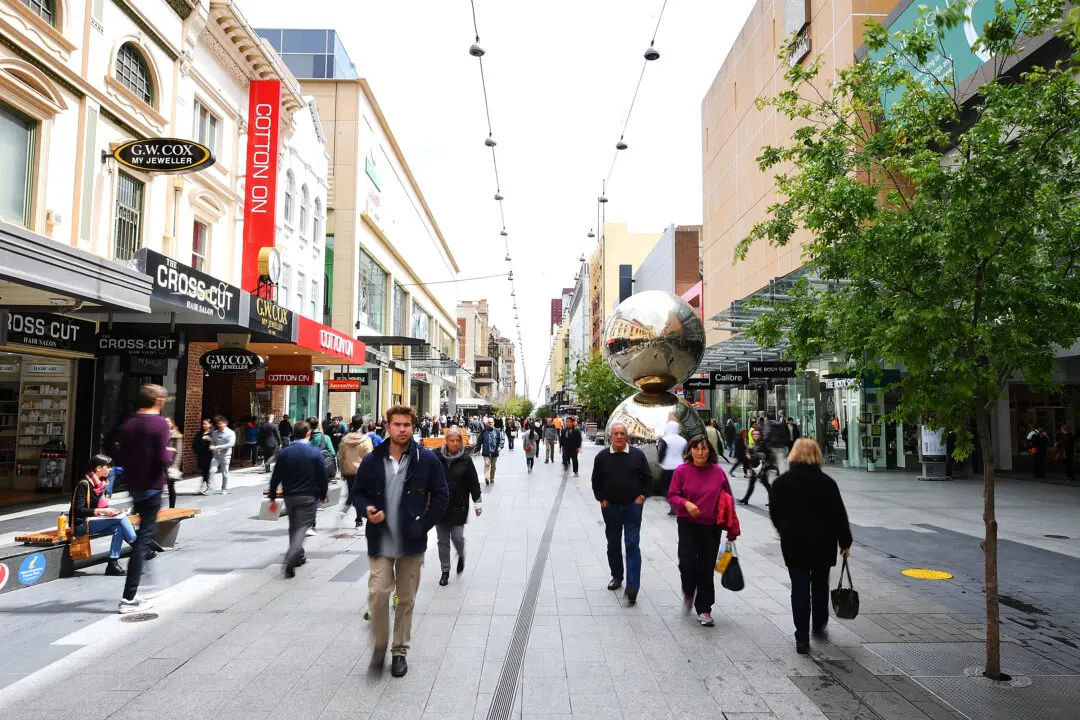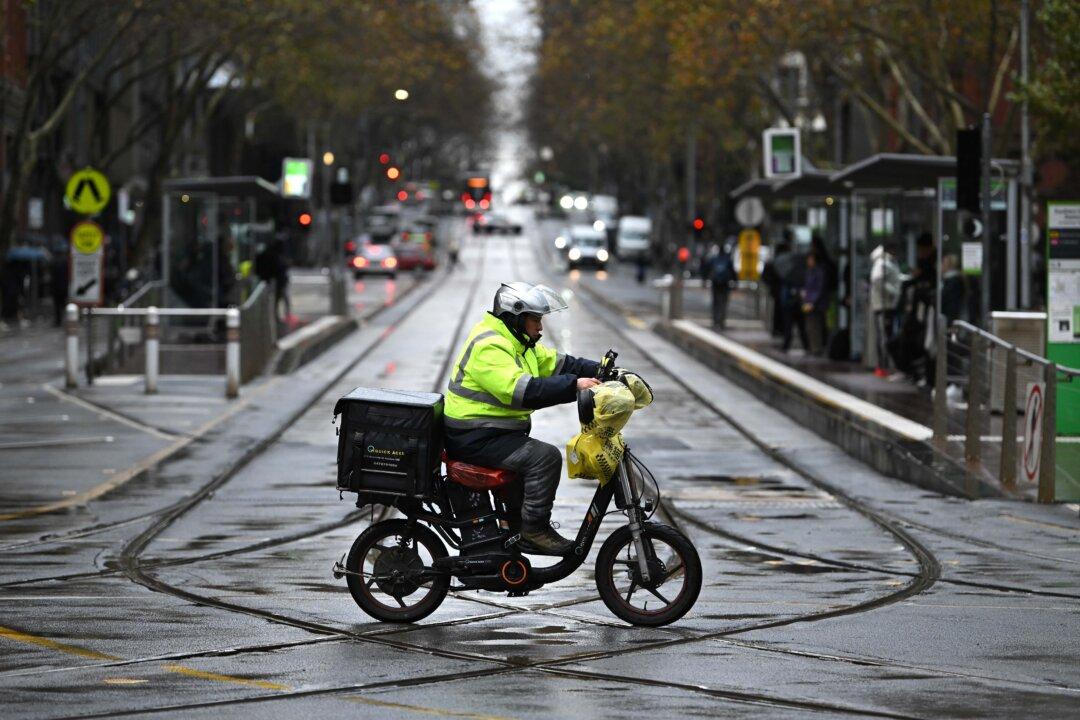Queensland’s centre-left government is planning to build electric vehicle (EV) chargers every 150 kilometres (93 miles).
The move at the state level follows federal Labor also promising to build an EV charger over the same distance during the 2022 election campaign.
